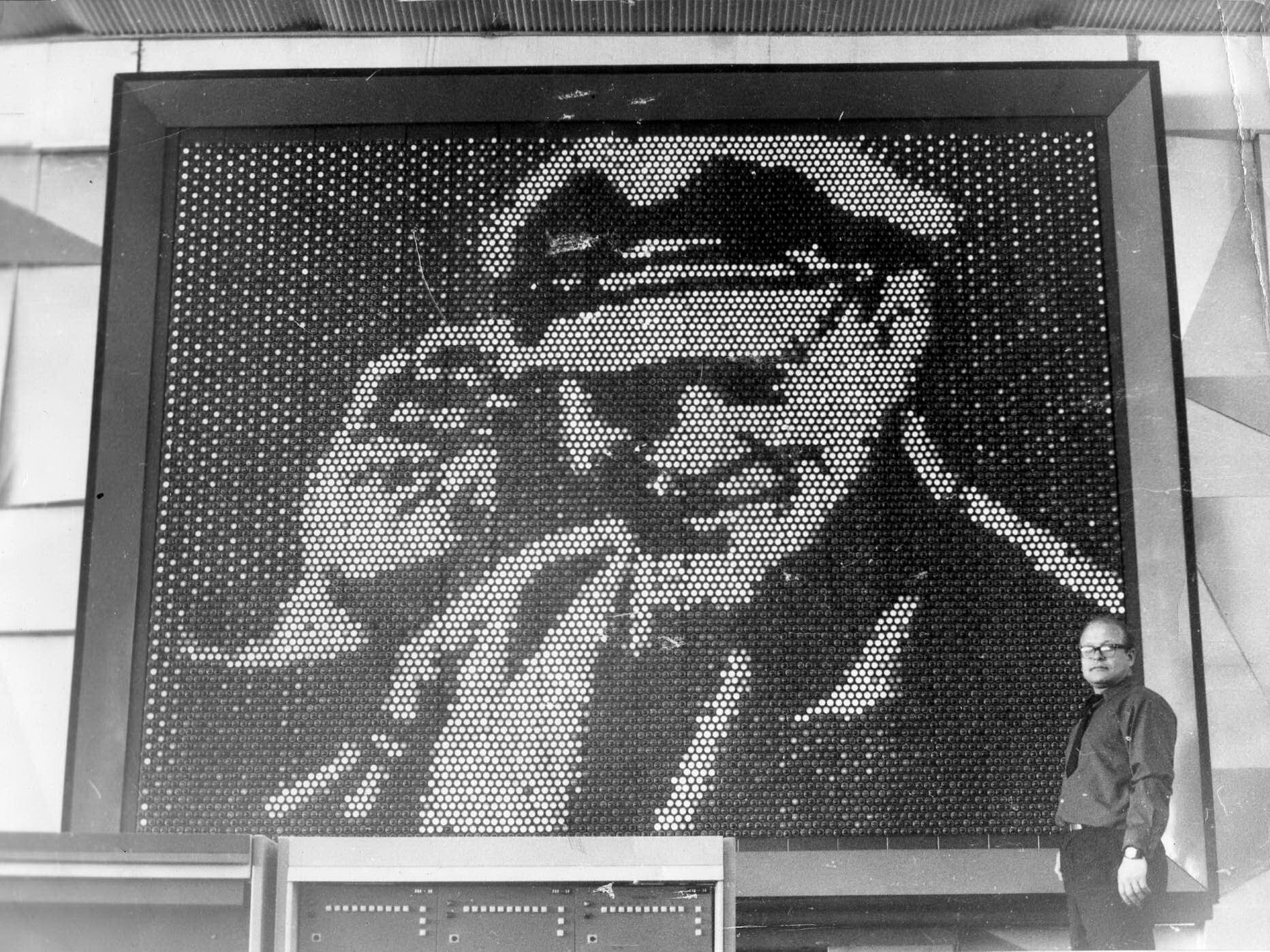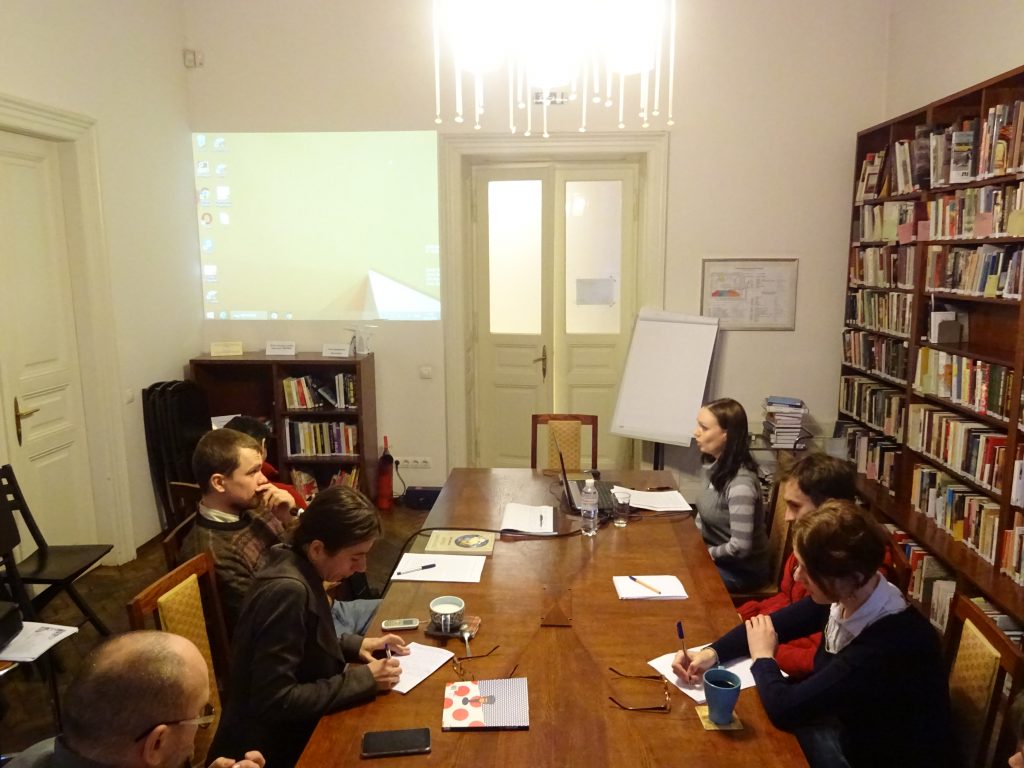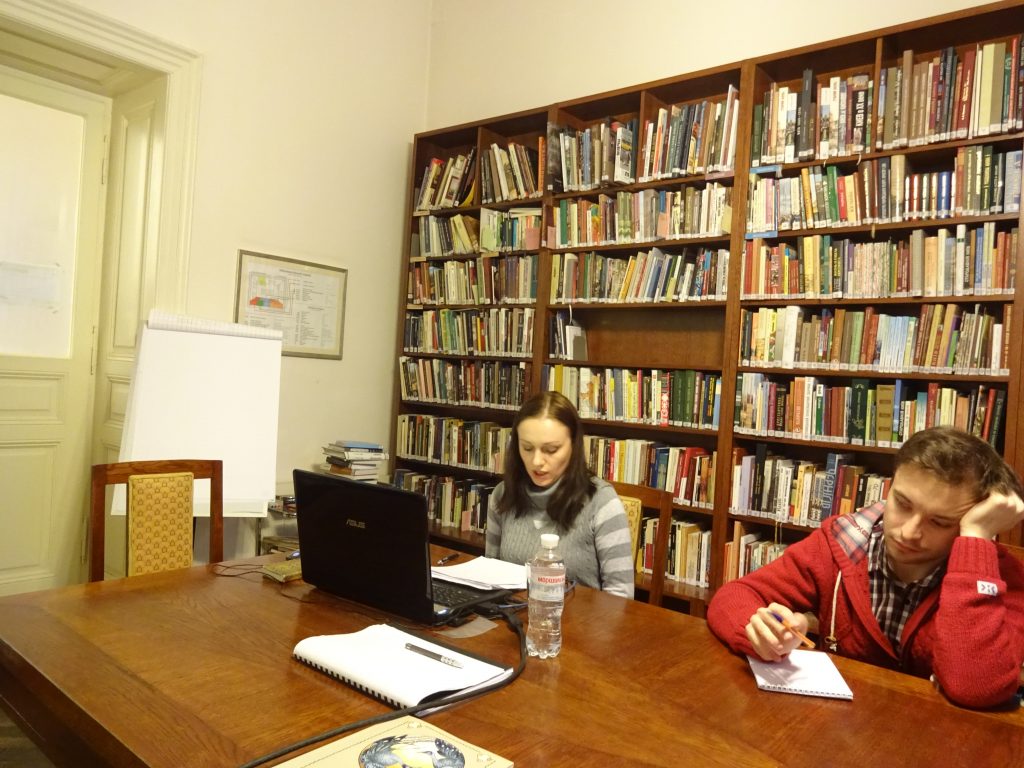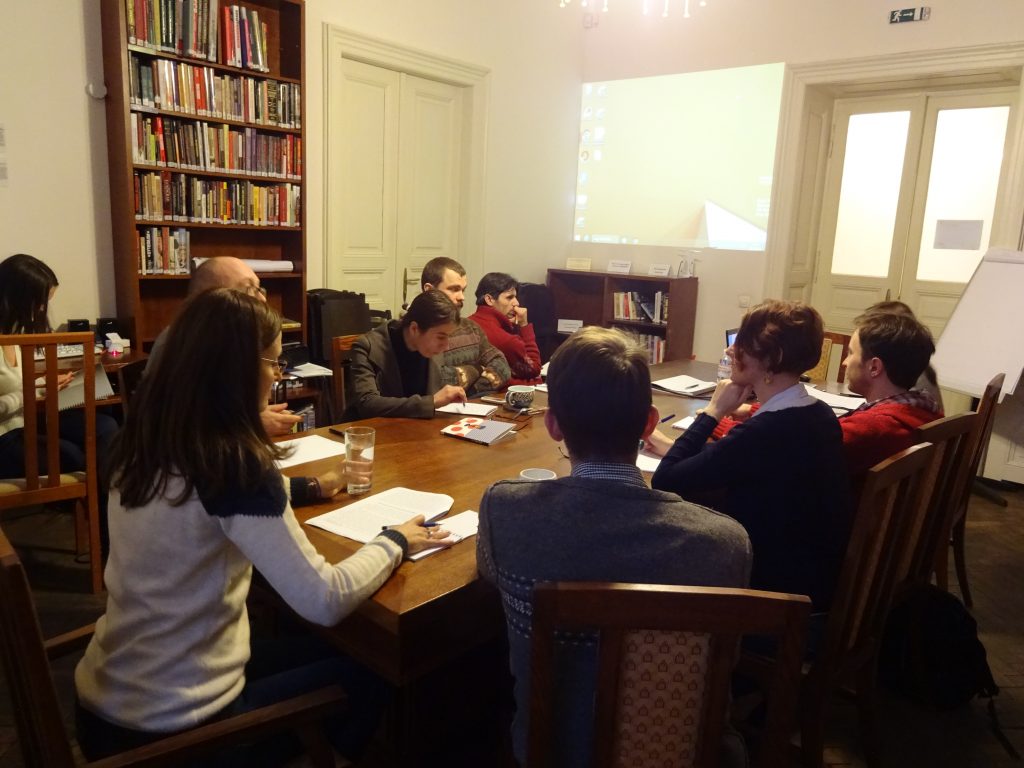Engineering Intelligentsia in Late Soviet Time: Between the Great Projects and Everyday Life
Oleksandra Hayday
Museum of Kyiv City HistoryDecember 6, 2016 / 4.00 pm
Center for Urban History, Lviv
"You shall invent not what you want but what is required by our building efforts." M. Kalinin
On November, 7, 1972, thousands of Moscow citizens came out to Kalinin avenue in Moscow. The first ever video screen in the Soviet Union broadcast the festive TV show to honour the day of October Revolution. The unique screen ("Elin"), an achievement of research and technical efforts of the USSR, was a masterpiece of engineers of the Central Design Bureau of Information Technology of the city of Vinnytsia.
In her presentation, Oleksandra Hayday will tell us about the operations of the Bureau and the peculiarities of everyday life of engineering and technical intelligentsia in 1970s-1980s. On the one hand, the staff of the Central Design Bureau were loyal to the Soviet regime, while on the other hand, most of them were not members of the Communist party. Since the Bureau was directly accountable to the Ministry of Electronics Industry of the USSR, the staff felt closer relation to Moscow than to Kyiv. They went to Moscow on their numerous business trips and received the funding therefrom. The Central Bureau was not special in any way. It was a typical Vinnytsia establishment but the focus on research and development results made it more elite as compared to other institutions.
What did it imply to be an engineer in the Soviet state? How did the design bureau operate? What projects did they develop? What was the future of those people after the collapse of the Soviet Union? The period is known as "stagnation" is crucially important to understand post-Soviet society because Ukraine of 1991 is an heir at least to the Ukrainian Soviet Socialist Republic. In addition to telling about operations and structure of the bureau, Oleksandra will also present a brief outlook of changes in Vinnytsia in that period.
Oleksandra Hayday
is a historian, a chief research fellow of the Museum of Kyiv City History. She presented her Candidate thesis in 2016. She is author of the book ‘Stone Guest: Monuments to Lenin in Central Ukraine’ (“Кам’яний гість: пам’ятники Леніну в Центральній Україні”), currently in print in the ‘Laurus’ publishing house. The book is written on the basis of the thesis and covers the topics of the policy of memory on such controversial object of Soviet heritage as monuments to Lenin. In September and December 2016 was awarded the Center’s Research Grant. In Lviv, she works on “Everyday Practices and Identity of Engineering Intelligentsia of Ukrainian SSR in the Late Socialism.”
Credits
Сover Image: LED screen, 1971. L. Mogilever.



